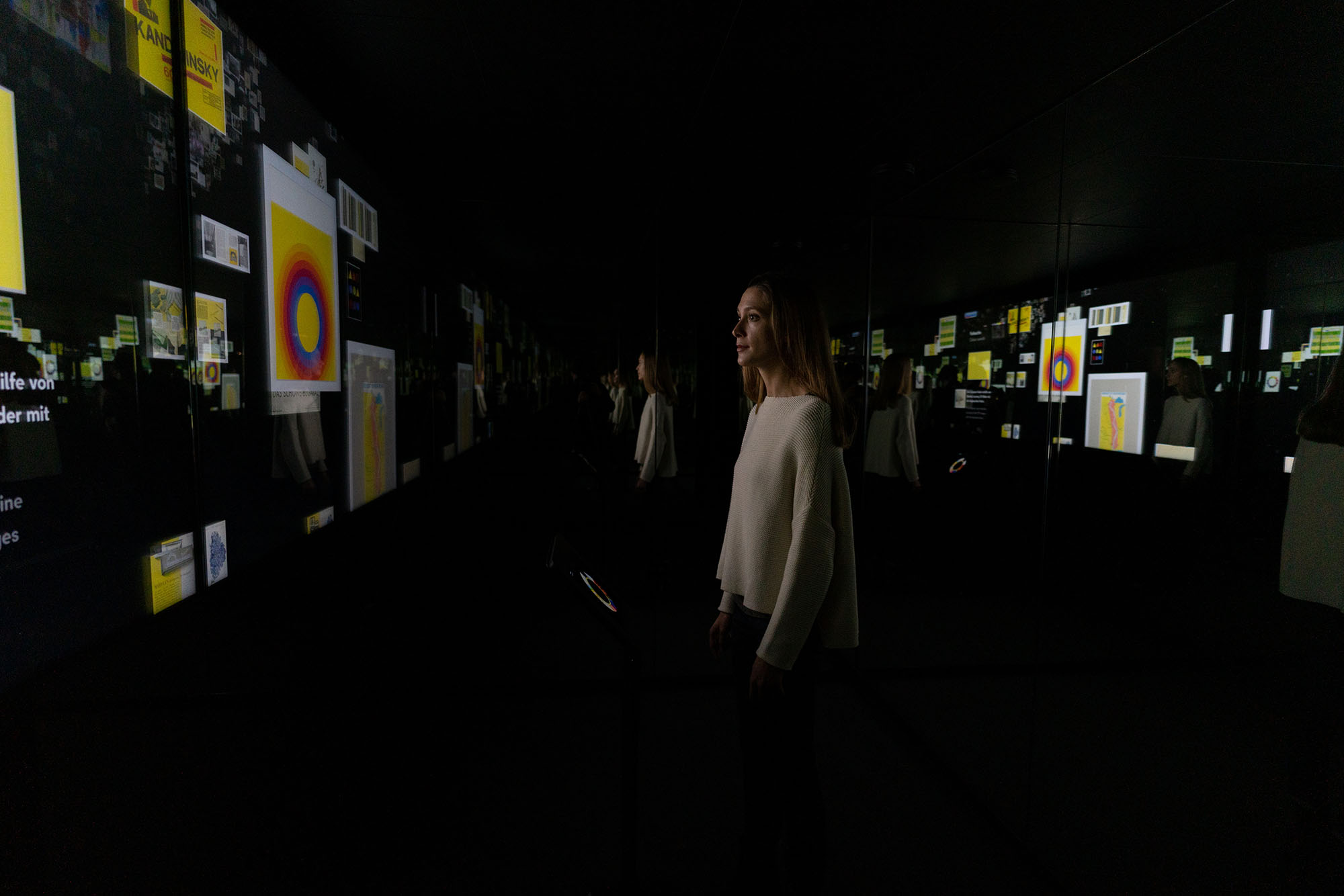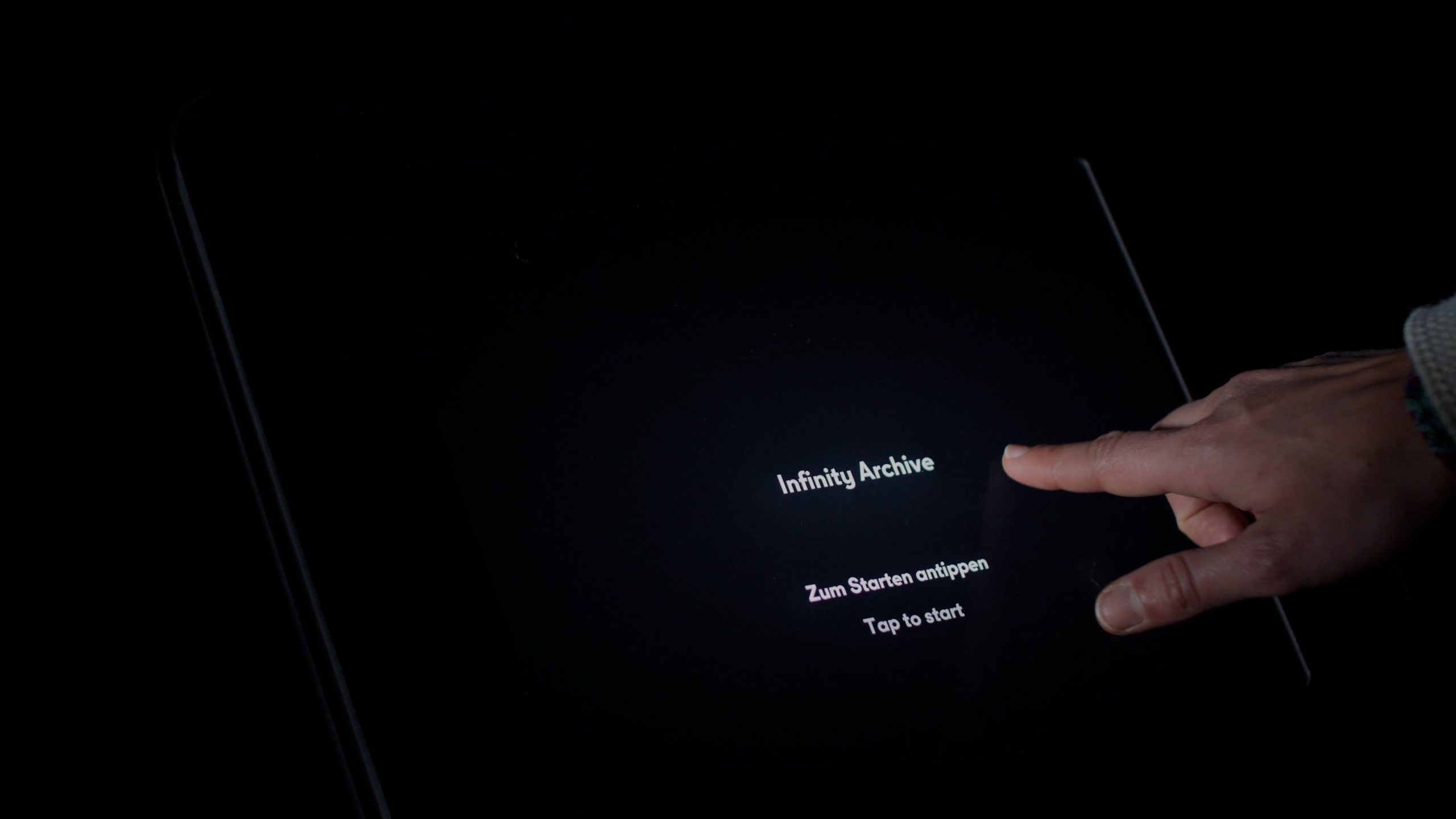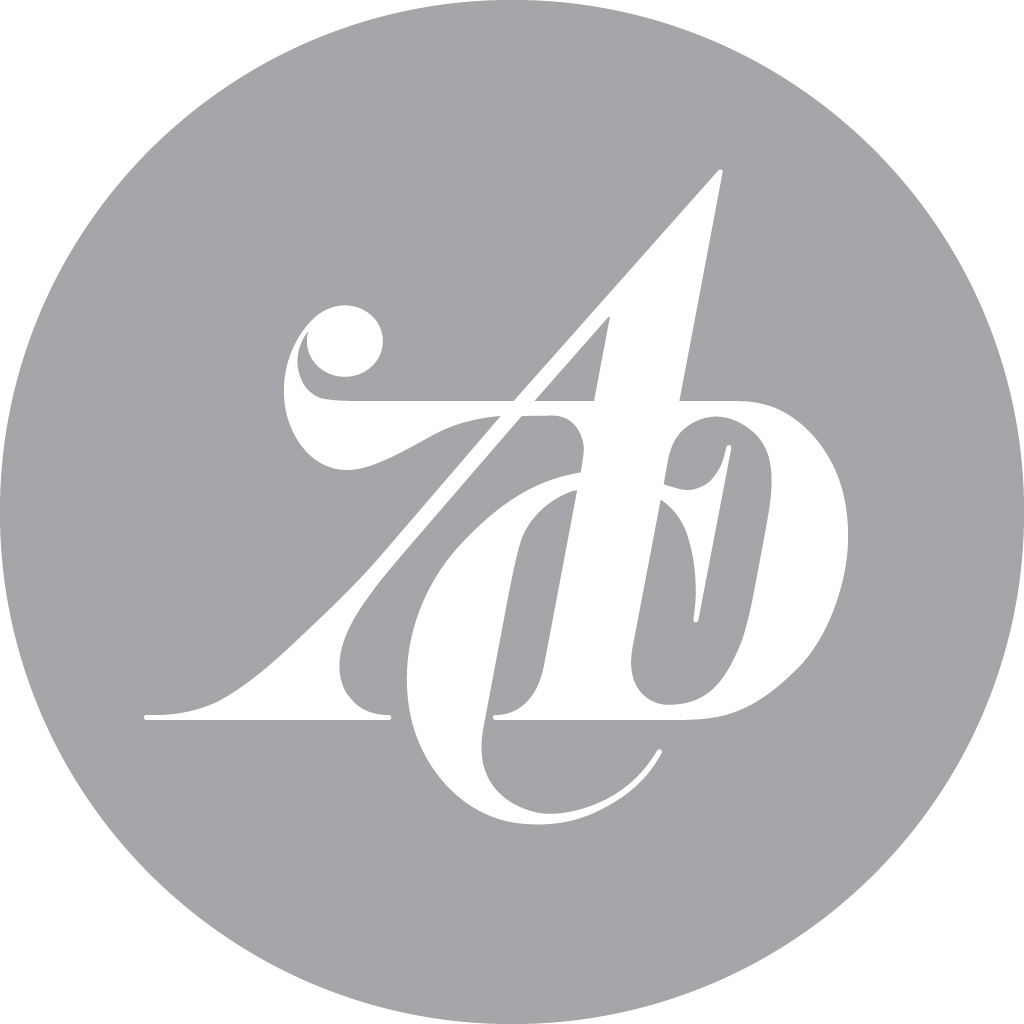An Interactive AI-driven Installation That Gives Visitors Access To The Vast Collection Of The bauhaus archiv
Year
- 2021 – 2022
Tasks
- Design
- Development

How can visitors explore the collection of the closed bauhaus archiv berlin?
The bauhaus archiv contains over a million items, including sketches, photographs, sculptures, paintings, and everyday objects, with only a small portion ever publicly displayed. In the Infinity Archive, we use machine learning to provide access to over 15,000 images from this collection.
Visitors can explore a three-dimensional digital archive, interacting with the collection in innovative ways. By drawing lines or selecting colors on a touchpad, users prompt the system to display relevant images in real-time. The items float through the virtual space, constantly reorganizing into new clusters based on visual similarity and user input.
This approach eschews traditional keyword or metadata searches, instead utilizing the geometric shapes and colors that are emblematic of bauhaus design. The machine learning model groups and positions images based on their visual characteristics, allowing users to discover unexpected connections within the collection.
With the Infinity Archive, we make the vast and diverse archive more accessible, enabling visitors to engage with the wealth of historical information in a visually intuitive manner and at the same time demonstrate how technology can open new avenues for exploring and understanding large cultural archives.
The video shows the interactive installation Infinity Archive and how it opens up different possibilities of exploring the bauhaus archiv collection
Results & Process
The Infinity Archive was the first exhibition project I worked on with the team of ART+COM. My task was to develop the touchpad application with which visitors can explore the bauhaus archiv collection. While we knew which modes of exploration we wanted to offer the visitors, their final design was still unclear when I joined the project.
Consequently, this work involved close collaboration with our design team, figuring out how we can present the various functions to the visitors in the most simple and satisfying way.
Searching for colors
For the color search mode, it seemed clear: Present the visitors with a standard HSV color wheel and let them browse their desired color. However, there are some questions attached to that: Can we really distinguish between all these colors? And what if the visitors search for a color that is not in the collection?
We therefore selected the 100 most frequent colors and arranged them at equal intervals on a color wheel. As the individual segments became too small to select them, our idea was to make them „fan out“ when a visitor touched the wheel.
To test this concept, I first sketched this idea in Processing, before transferring the whole concept to Unity for the final product.
A visitor explores the collection by searching for a color.
Searching for shapes
Another idea was to let the visitors search for shapes. Using Unity’s Trail Renderer, I implemented a drawing tool that constructs a line from the touchpoint of the finger, normalizes it and sends it to the AI backend for processing. The shape itself as well as were the AI found the shape on the collection item are then displayed on the vertical screens.
A visitor explores the collection by searching for a shape.
Curated Stories
As with all exhibitions, visitors may not want to explore freely by themselves but be presented with curated content. We also allow this by presenting the visitors with various curated content, which were created in collaboration with the bauhaus archiv.
A visitor explores the collection by selecting one of several curated stories.
Publications and Awards
This installation was awarded a Silver Nail by the Art Directors Club Germany.
Used Tools
Hardware
iPad, two large horizontal screens, lots of mirrors 😉
Software
Unity
Languages
C#, Python

